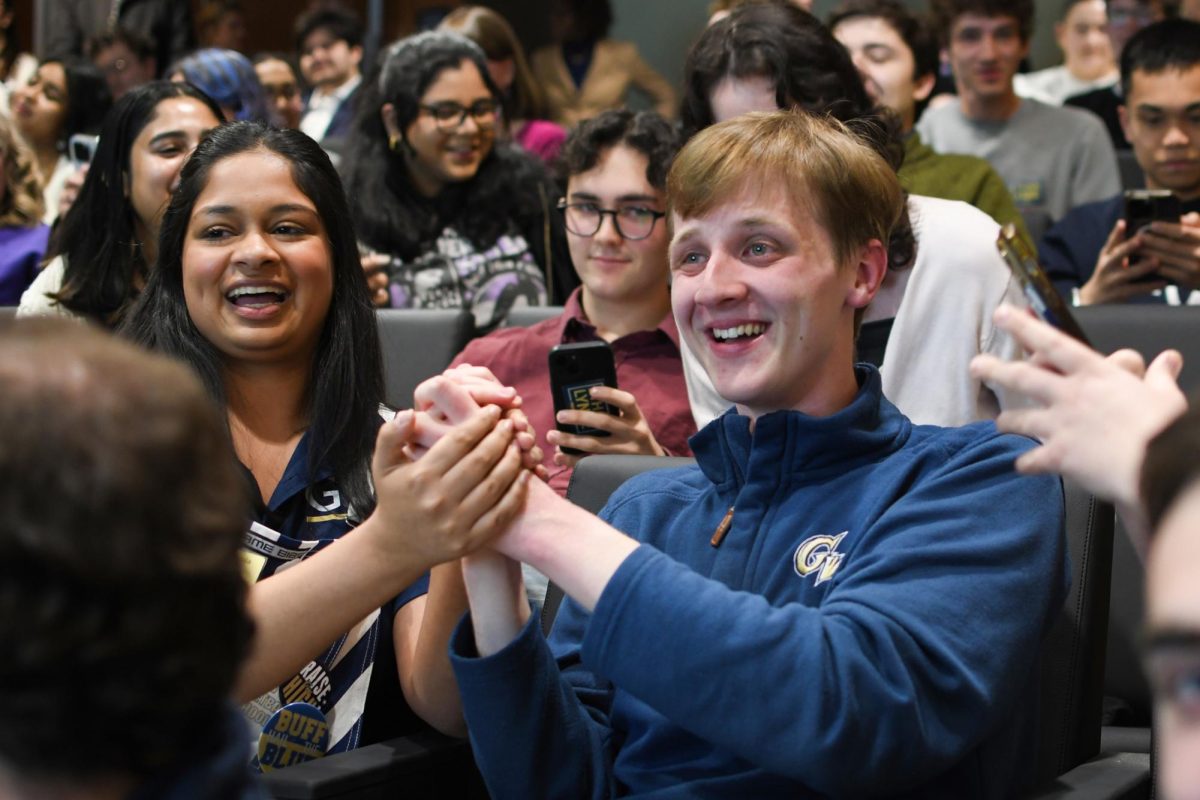The University is investing in a pair of hybrid graduate programs to support what many experts call the future format of cost-effective higher education.
For years, the University has offered hybrid graduate programs, which divide learning between online and in-classroom, in fields from dance to special education. But it selected two flagship hybrid programs last week – an executive masters of health services administration and a graduate certificate in LGBT health – to give $65,000 in special financial and training support.
“There’s good reason to think that we can do things in hybrid formats better than we could do [with] all online and all on campus,” Denis Cioffi, director of the Teaching & Learning Collaborative, the “center for teaching excellence” that selected the programs, said. “Especially if you look at the way these two programs are set up. They’re getting access to other faculty that we might not normally have access to.”
Like all programs that are mostly online, the hybrid format provides a “practical benefit” for GW, Cioffi said. The University can grow its base of tuition dollars without taking up space or adding to the city-regulated enrollment cap, part of the 2007 Campus Plan that limits the number of students who can enroll on the Foggy Bottom Campus.
Cioffi said that while the TLC has “a long-term plan for increasing programs and seeing, in the end, net [revenue] gain,” it does not have a fixed financial goal, instead focusing on ensuring the programs are educationally sound.
“We did create a detailed model that told us it makes financial sense (as well as educational sense) to go ahead with hybrid programs. Once that decision was made, my focus changed to the educational aspect of the programs,” he said in an email, adding that he would continue to revisit the program’s financial impact once the program starts and attracts students.
A Pew Research Center report on the future of higher education this month showed that 60 percent of experts expect groundbreaking shifts at universities over the next 10 years, like increased reliance on hybrid courses.
Only four programs applied for conversion to hybrids, but Cioffi said he remains optimistic about the prospects of hybrid growth at GW.
Both programs will launch by next fall.
Leonard Friedman, the professor spearheading the health services administration hybrid program, said the program aimed to meet the healthcare industry’s tremendous need for individuals trained in top hospital positions.
While the industry employs about 300,000 people in these types of administrative roles, he said, only about two thirds have been educated for them.
Stephen Forssell, a part-time professor of psychology and head of the LGBT health program, said the graduate certificate would teach students about the physical and mental health needs of gay and lesbian patients, like information aobut HIV/AIDS, and would also touch on public policy issues, like helping partners earn hospital visitation rights.
“The healthcare system was not designed for gay people,” because of stigma and different health needs, Forssell said.
Forssell said a hybrid design suited the program’s “target market” of working professionals. The program requires just two weeks of in-classroom work in the District.
Cioffi similarly said the hybrid scheme would permit non-GW faculty to be a part of the programs.
While Forssell said the hybrid format likely will allow his program to lower tuition costs for students, Friedman said his would probably stay the same because faculty salaries would still produce high costs.
“The cost of our executive MHSA is comparable to similar programs across the country,” Friedman said.
The hybrid format is mostly used by executive level or graduate programs, seeing varying levels of interest.
Assistant professor Carl Leonard said the master of professional studies and graduate certificate in law firm management program he runs has seen “good, but not great” demand since it started three years ago in the College of Professional Studies.
He attributed the static enrollments – about 11 to 18 per class – to a lack of precedent for law firms to send employees back to school.






